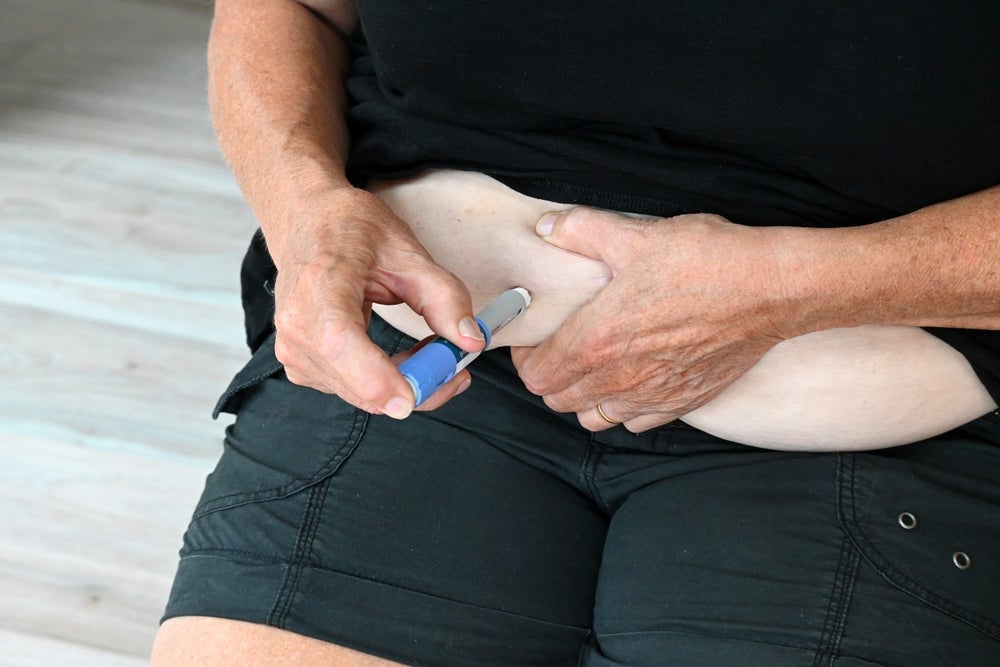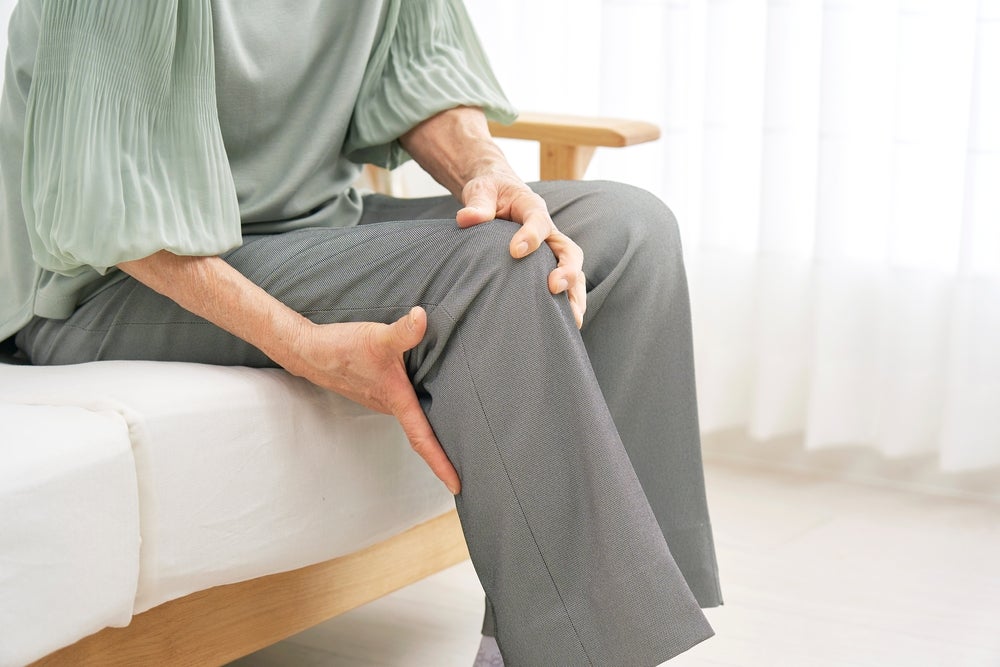CoDa Therapeutics has reported positive data from its Phase IIb study of Nexagon conducted in patients with chronic venous leg ulcers.
According to the vehicle-controlled, double-blind, randomised Phase IIb study data, Nexagon was safe, and demonstrated an increase in complete healing in the subjects.
The UNC Limb Salvage / Wound Healing Center medical director and University of North Carolina vascular surgery division professor and chief Dr William Marston said CoDa’s Phase IIb clinical results reflect a well-designed and executed dosing phase study.
“This data will provide clear information to choose an optimal dose and patient profile to move to a pivotal clinical trial,” Marston said.
“Upon successful completion of this phase, Nexagon would provide a much-needed therapeutic to accelerate healing of chronic venous leg ulcers.”
Nexagon is once-a-week drug candidate that the company is developing to treat chronic wounds.
How well do you really know your competitors?
Access the most comprehensive Company Profiles on the market, powered by GlobalData. Save hours of research. Gain competitive edge.

Thank you!
Your download email will arrive shortly
Not ready to buy yet? Download a free sample
We are confident about the unique quality of our Company Profiles. However, we want you to make the most beneficial decision for your business, so we offer a free sample that you can download by submitting the below form
By GlobalDataThe topical drug candidate is designed to increase the incidence of wound healing and rapid healing compared to existing therapeutic techniques.
The company believes that the results support advancing Nexagon into Phase III registration trials and is designing plans for Phase III.
CoDa Chief Medical Officer and the American Academy of Wound Management former president Dr David Eisenbud said; “The positive results from the NOVEL2 study substantiate our prior findings from previous VLU studies and suggest that Nexagon could become a game changer: the first prescription medication to enhance the healing of venous leg ulcers.”







